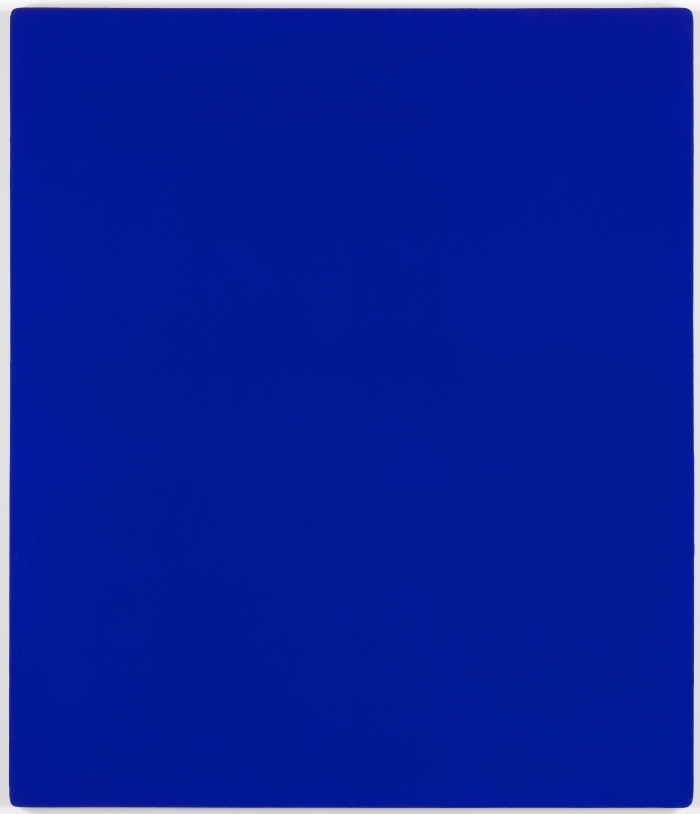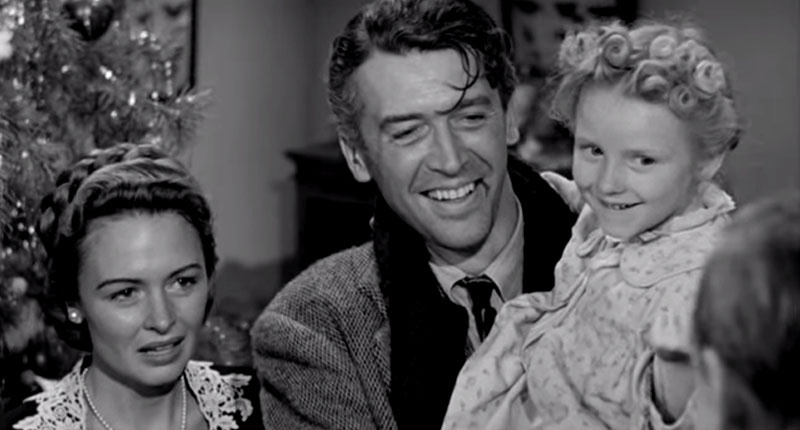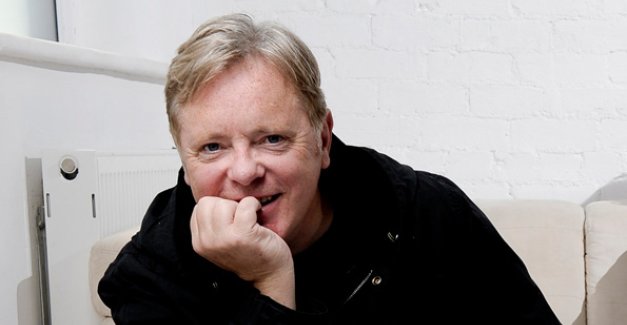It seems obvious to me now that Yves Klein‘s Leap into the Void was a fake.
In the age of Photoshop, when the doctoring of images can be accomplished in the click of a mouse, it appears self-evident that this 1960 photograph, purporting to show the influential artist falling towards the pavement, was a trick. But as an art student in the late 1980s, learning about Klein for the first time, it was a bit less certain to me. Besides, I knew of performance artists who had burnt themselves, cut themselves, even almost drowned themselves. Perhaps it wasn’t beyond the bounds of reason that this suited and booted Frenchman had thrown himself off a wall into the street.
The image of Klein in apparent free fall stayed with me for years. There was something about that frozen moment of suspension which spoke eloquently of his quest to claim dominion over gravity and air. When a friend and I visited Paris one summer during our studies, we spotted a gilded statue with arms outstretched that seemed to mimic that tumbling stance. So while the world may see the figure on the Fontaine du Palmier and know they are in La Place du Châtelet, to me it will always be La Place d’Yves Klein.
The 20th century art world wasn’t short of enigmatic figures. From Dali to Warhol to Gilbert & George, we are used to the idea of artists who intertwine their work with a curated version of their personality so completely that we’re unsure where one begins and the other ends. Even so, it can still be tricky to get a handle on Yves Klein. In just a handful of years (he died in 1962, aged 34), he pioneered many of the movements that would transform art during the 60s and 70s, and cultivated a self-made myth and personal brand that straddled the boundary between art and life.
As Klein’s work takes over Tate Liverpool for his first solo UK show in 20 years, I ask exhibition curator Darren Pih to explain why the artist is important and what he set out to achieve.
 “Essentially he sought to revolutionise our perception of space and colour. Famously, at the age of 19, he claimed the sky as his first work of art. This sense of the void and immateriality as being part of his artistic language is key. That explains why there’s this really expansive use of blue, this very distinctive ultramarine which he called International Klein Blue. He saw that as connoting infinite space and the liberation of the senses.
“Essentially he sought to revolutionise our perception of space and colour. Famously, at the age of 19, he claimed the sky as his first work of art. This sense of the void and immateriality as being part of his artistic language is key. That explains why there’s this really expansive use of blue, this very distinctive ultramarine which he called International Klein Blue. He saw that as connoting infinite space and the liberation of the senses.
“He was a painter, sculptor, and installation artist, and he sits between pop, minimal, performance and conceptual art. All these different things seem to have a charge in his work.”
Although, as Pih implies, the strands of Klein’s work are disparate, visitors to the Tate over the next few months are likely to be struck by the show’s visual and conceptual coherence. This is a result of the early and rapid development of both his vision and innate sense of personal branding; so while his trademark blue pigment can stand for nothingness and the infinity of space, it is also his own private corporate identity. Think of Coca Cola’s red cans, the McDonald’s golden arches, or, if you must, Liverpool City Council’s purple wheelie bins.
“He was evolving at full speed,” Pih says. “There’s something quite accelerated about Klein. His entire body of work was made in seven years. And then there’s the coherence of his vision and the way that the International Klein Blue that he used on his sponge sculptures is the same colour that’s used on his anthropometry works, and some of his fire paintings.
“In the gallery, I have to say, his work looks absolutely incredible because of the sheer luminosity of the pigment. It’s slightly velvety and chalky, like an infinite expression of blue. The work looks really powerful in the space. There’s a sense that whatever his line of artistic endeavour, he seemed to go beyond what anybody had attempted in the past. He was creating painting and then going beyond it.”
Even as Pih lists some of the categories of work produced by Klein – the anthropometry works, the fire paintings – we get a sense of the way he was expanding the language of art. ‘Anthropometry’ is the name given to paintings created by nude female models covered in blue paint pressing themselves against paper under Klein’s direction. The ‘fire paintings’ were created using burners and flamethrowers – elemental forces that he requisitioned in the service of his art. 
With aspects of theatricality and performance being integral to the creation of these works, Klein was nurturing seeds that had been planted by the pre-war avant garde, bringing them into bloom ready for harvesting in the decades that followed his death.
“He was on the cusp of things,” agrees Pih, “particularly in the way his work became about performance and choreography, and also the propagation of persona.”
In light of this, I ask Pih whether Klein courted controversy in the way that both his artistic ancestors and descendants did.
“I think the use of nudity in things like the anthropometry performances was controversial,” reflects Pih. “And there was the fact that Klein was something of a self-publicist as well. He understood the power of the mass media, and that’s why everything was filmed. The only known example of British television taking an interest in Klein’s work was in 1960. There was a film made by Peter Morley who contacted Klein because he wanted to film him at work. He said basically it was so controversial that they had to go and film it in Germany, so I think he was controversial in his time.”
More than 50 years have passed since Klein died prematurely of a heart attack, and it can be startling to remember that while his ideas still feel exploratory, possibly unresolved to this day, at the time of their creation the immense cultural shifts of the 1960s had barely been set in motion. It would be easy therefore to imagine that these days we wouldn’t be so easily shocked, but I suspect that Klein remains on a dangerous edge, albeit for different reasons. His use of nude models would now be more likely to draw opprobrium from feminists rather than society’s moral guardians.
And what of Leap into the Void?  Obviously, it’s a health and safety nightmare. If that headlong plunge into space is the image that’s defined my own take on Klein since my student days, I ask Pih what it is about the artist that he admires.
Obviously, it’s a health and safety nightmare. If that headlong plunge into space is the image that’s defined my own take on Klein since my student days, I ask Pih what it is about the artist that he admires.
“I think it has to be this idea of appropriating space. The way he expanded the artistic language. The idea of signing the sky as your first work is quite astonishing. It’s a gesture, an idea. On the one hand you can’t grasp it, but the ambition of the vision is infinite.”
It seems then that although Klein’s career was compressed into seven short years, his ambition was cosmic in scale. Now though, thanks to Tate Liverpool, we have the opportunity to leap into his universe for ourselves.
What: Yves Klein
Where: Tate Liverpool
When: until March 5, 2017
More info: www.tate.org.uk/whats-on/tate-liverpool/exhibition/yves-klein











